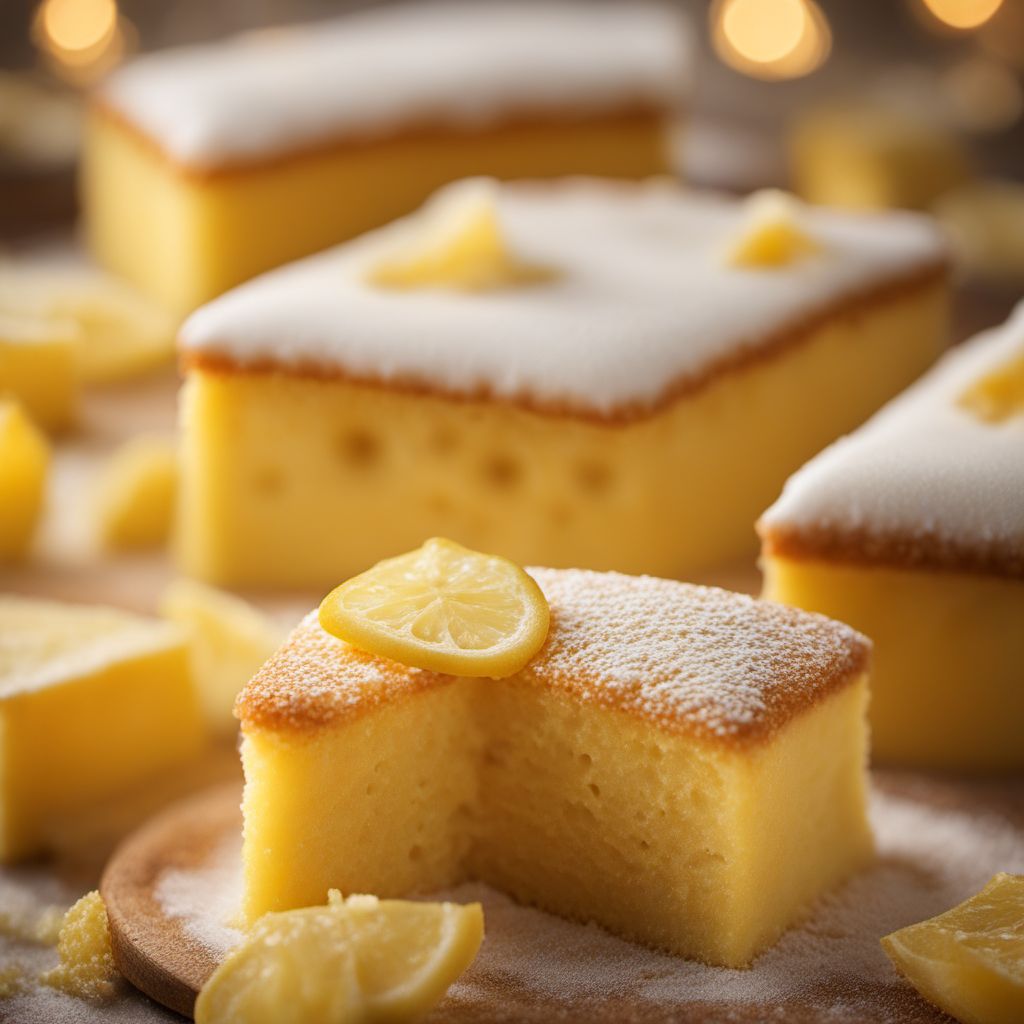
Ingredient
Sponge cake
"Light and Fluffy Delight: Exploring the World of Sponge Cake"
Sponge cake is a type of cake that is known for its delicate and airy texture. It is made by beating eggs with sugar until light and fluffy, then folding in flour to create a batter. The resulting cake is soft, moist, and has a fine crumb. Sponge cake is often characterized by its pale golden color and spongy, springy texture. It is a versatile cake that can be enjoyed on its own or used as a base for layered cakes, trifles, and other desserts.
Origins and history
The origins of sponge cake can be traced back to Europe, particularly England and Italy. The English version of sponge cake dates back to the 17th century and was initially made using only eggs, sugar, and flour. The Italian version, known as pan di Spagna, emerged in the 18th century and introduced the technique of separating the eggs and beating them separately to create a lighter texture. Sponge cake gained popularity across Europe and eventually made its way to other parts of the world through colonization and trade.
Nutritional information
Sponge cake is relatively low in calories compared to other types of cakes, with approximately 150-200 calories per slice. It is also low in fat and cholesterol. However, it is important to note that the nutritional content can vary depending on the specific recipe and any additional toppings or fillings.
Allergens
Sponge cake typically contains eggs and wheat flour, making it unsuitable for those with egg or gluten allergies.
How to select
When selecting a sponge cake from a store or bakery, look for cakes that are evenly baked with a golden color. The cake should feel light and springy to the touch. Avoid cakes that are overly dry or have a dense texture.
Storage recommendations
To maintain the freshness and quality of sponge cake, it is best stored in an airtight container at room temperature for up to 2-3 days. If the cake has any fillings or toppings that require refrigeration, it should be stored in the refrigerator.
How to produce
Amateur bakers can produce sponge cake by following a simple recipe that involves beating eggs and sugar until light and fluffy, then folding in sifted flour. Baking the batter in a preheated oven at the recommended temperature and time will result in a homemade sponge cake.
Preparation tips
When preparing sponge cake, it is important to ensure that the eggs and sugar are beaten until they reach a thick and pale consistency. This will help create the desired light and airy texture. It is also crucial to gently fold in the flour to avoid deflating the batter. Adding a touch of lemon zest or other flavorings can enhance the taste of the cake. Sponge cake can be served plain, dusted with powdered sugar, or layered with whipped cream, fruits, or frosting.
Culinary uses
Sponge cake is commonly used as a base for layered cakes, such as the classic Victoria sponge cake or the popular strawberry shortcake. It can also be used to make trifles, tiramisu, or served with fresh fruits and cream for a simple yet elegant dessert.
Availability
Sponge cake is commonly available in bakeries, supermarkets, and dessert shops worldwide.
More ingredients from this category
Recipes using Sponge cake » Browse all
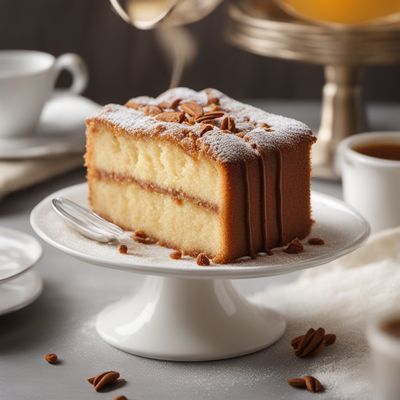
Philadelphia-style Tipsy Cake
Boozy Delight: Philadelphia-style Tipsy Cake

Albanian-inspired Kvæfjordkake
Tirana Delight: A Fusion of Norwegian Kvæfjordkake and Albanian Flavors

Zuccotto - Italian Chocolate and Almond Dessert
Decadent Delight: Indulge in the Irresistible Zuccotto
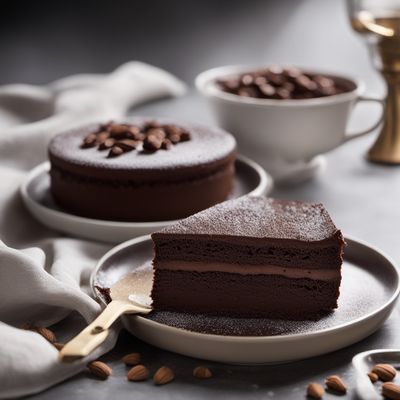
Estonian Setteveli Cake
Velvety Layers of Estonian Delight
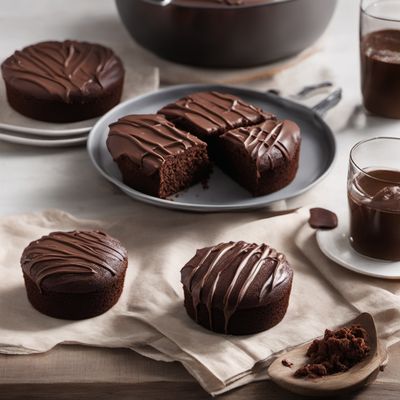
Varaždinska Torta Recipe
Heavenly Layers: Varaždinska Torta Delight

Delightful Lemon Delizia
Zesty Lemon Bliss: A Taste of Italy
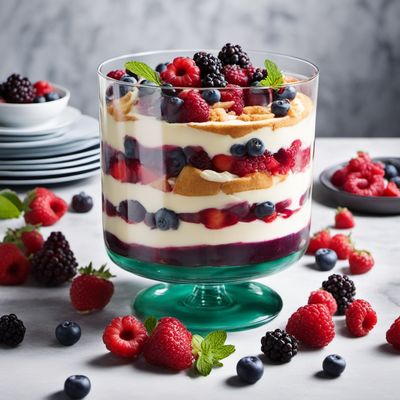
Classic British Berry Trifle
Berrylicious Delight: A Twist on the Classic British Trifle
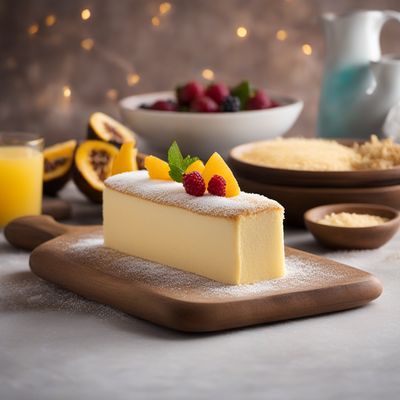
Martinican Bûche de Noël
Exotic Yule Log: A Tropical Twist on the Classic French Dessert

Sacripantina - A Delicate Italian Layered Cake
Heavenly Layers of Delight: The Exquisite Sacripantina Cake

Baba au Rhum with a Twist
Rum-Infused Delight: A Modern Twist on Baba au Rhum

Zuger Kirschtorte - Swiss Cherry Cake
Cherry Delight: A Swiss Cake to Savor
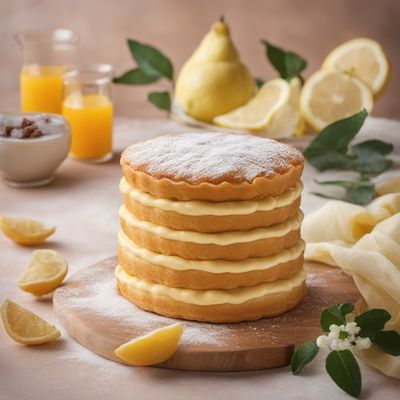
Torta degli Addobbi - Italian Festive Cake
Festive Delights: A Scrumptious Italian Torta degli Addobbi Recipe
